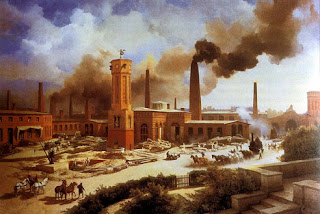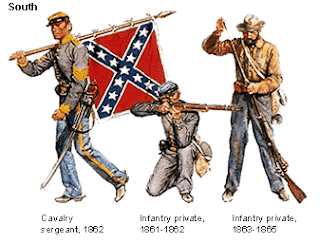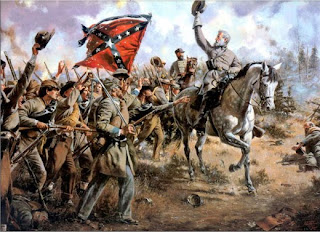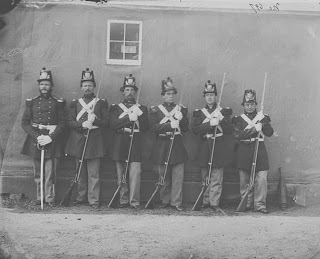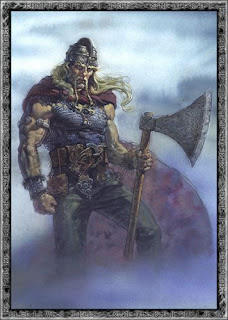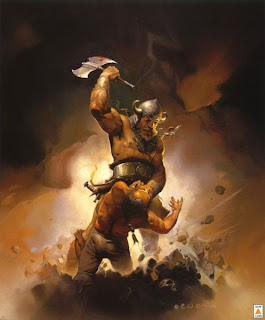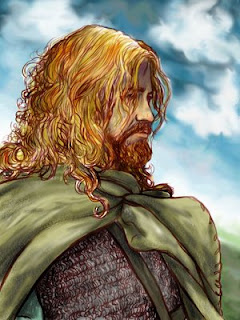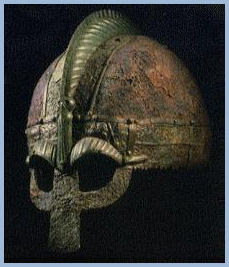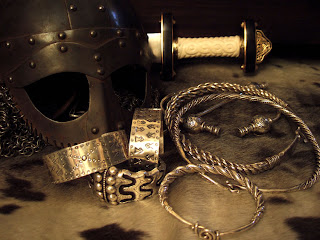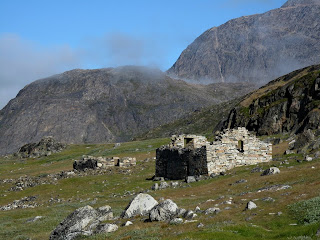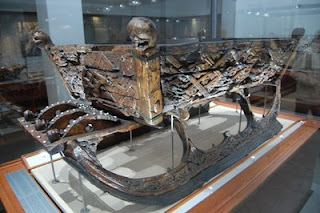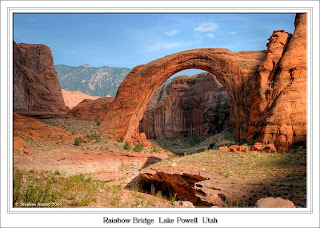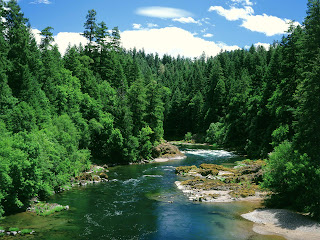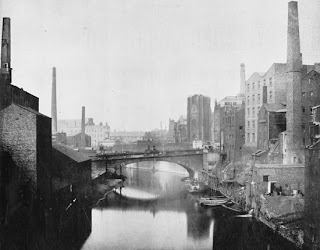
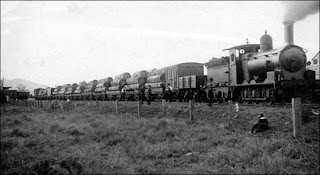
Here are some of the key notes from my research on the Industrial Age:
- The period from the 18th to the 19th century
- Major changes in agriculture, manufacturing, mining, transportation and technology
- Had major effects on socioeconomic and cultural conditions
- Began in the UK and spread through the rest of the world
- The introduction of steam power fuelled primary by coal, powered machinery, railways, engines, eventually electrical power generation etc
- 3 leading sectors in terms of key innovations: Textiles – cotton spinning using Richard Arkwright’s water frame, Steam power and Iron making – coke replaces charcoal
- Rediscovery in 1756 of concrete which had been lost for 1300 years
- Gas lighting, glass making, paper machines were also invented
- Led to population increase and increased child labour
Key Inventions:
- First reliable steam engine: 1775
- Cotton gin: 1793
- Interchangeable parts for muskets: 1798
- Telegraph: 1836
- Sewing machine: 1844
- Telephone: 1876
- Phonograph: 1877
- Incandescent Light Bulb: 1879
- Induction Electric Motor: 1888
- Diesel Engine: 1892
- First Airplane: 1903
I may change this a bit though to suit my design/story. Maybe there won’t be any advanced ways to communicate (telegraphs/telephones etc) and perhaps there won’t be electricity, but I will tackle this when it comes to the design of my game.

